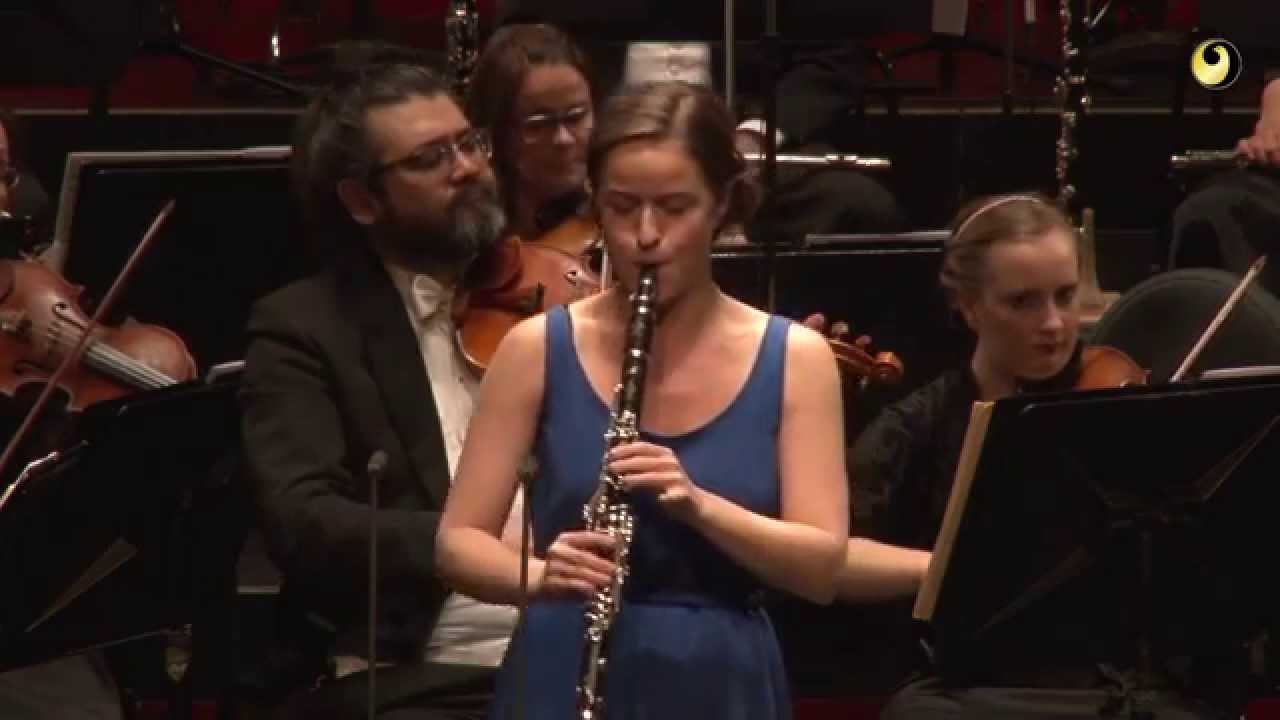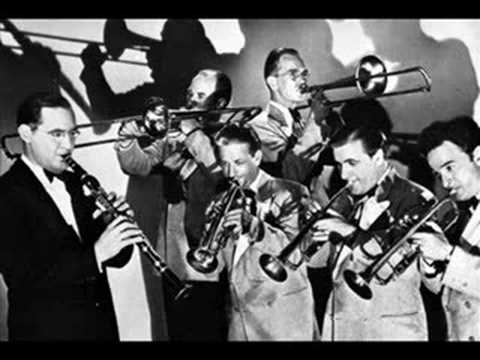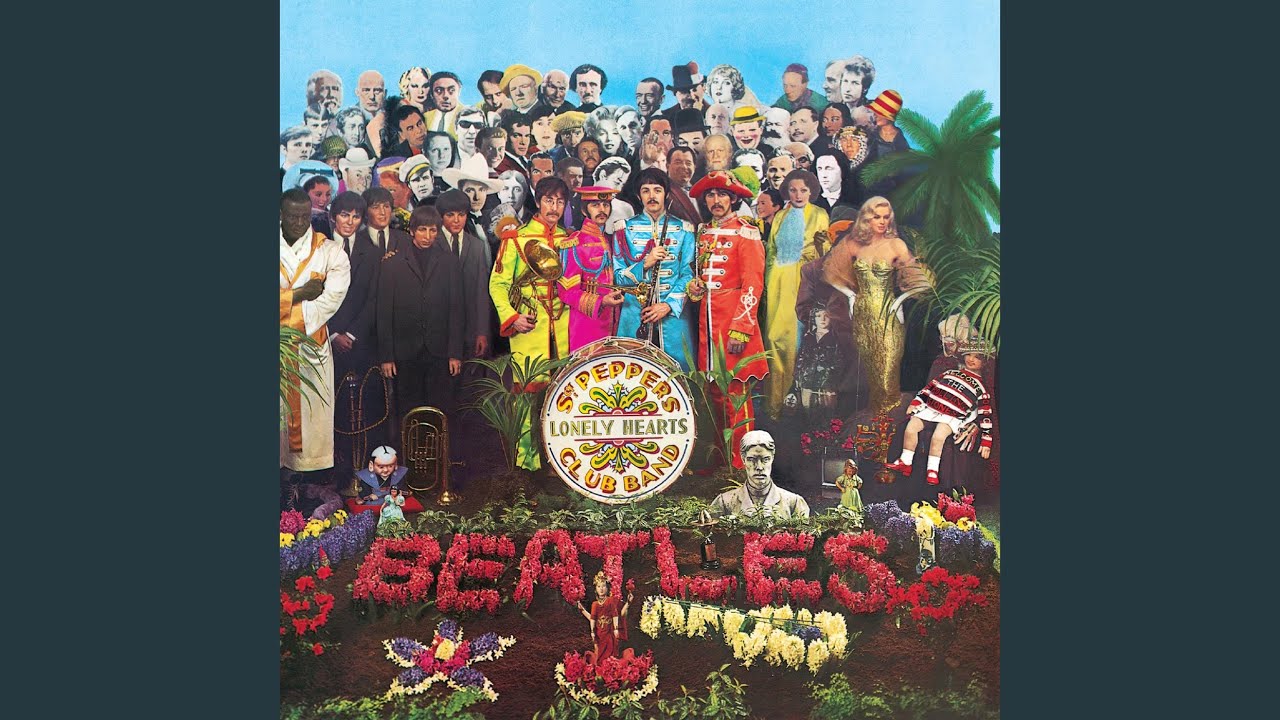Clarinet’s role in different kinds of music
Ever since its invention, the clarinet has become a vital instrument across all music genres. Its rich and warm sound makes it a favored instrument among composers and musicians. On the other hand, the clarinet is also considered to be one of the oldest woodwind instruments; thus, it has made a name for itself in many music genres. Let’s take a musical journey that studies the role of the clarinet in varied music genres, including its historical context and growing influence.
The clarinet dates back to the early 18th century and developed from other instruments with only one reed, like the chalumeau. The credit of perfecting the clarinet, in the year 1690, goes to a German instrument maker by the name of Johann Christoph Denner, who designed it with additional keys to increase its capacity and range. Soon enough, it found its way into orchestras and chamber ensembles and became popular for its expressive sound and technical agility.
In classical music, the clarinet has played a crucial role as part of the woodwind family. It actually began in the Baroque period, but in the times of classical and romantic periods, it rose to its full glory. The clarinet was integrated into the orchestras and ensembles of classical music during the 18th century. Its wide spectrum of dynamics and articulation clarity in rapid passages made it an attractive option for composers wishing to expand their orchestral palettes. Significant figures in the development of the clarinet repertoire include Wolfgang Amadeus Mozart, whose “Clarinet Concerto in A Major” of 1779 and “Clarinet Quintet in A Major” from 1789 are cornerstones of the clarinet canon, emphasizing the lyrical and virtuosic possibilities of the instrument. Ludwig van Beethoven wrote a number of tremendous works for the clarinet, including the clarinet’s important part in the “Septet in E-flat Major.” Johannes Brahms was prolific with his “Clarinet Quintet in B minor” (1891) and “Clarinet Sonatas,” typical of deep and sonorous texture. Additionally, Carl Maria von Weber’s “Clarinet Concerto No. 1” and “No. 2” are celebrated pieces that showcase the clarinet’s expressive range and technical demands. It is an instrument that serves well for color and depth within orchestral settings, melts into strings and other woodwinds, but also ascends to great solo prominence.
One of the privileged places in the history of music goes to the clarinet, especially during the formative years of jazz – that universal black popular music at the dawn of the 20th century. The clarinet definitely materialized as an instrument of jazz in the 1920s after New Orleans became the homeland of jazz. The first generation of jazz clarinetists had their say by establishing and outlining these improvisation techniques of clarinet lines, creating a new style in its own rhythm and melody. Sidney Bechet was considered one of the first significant jazz soloists and an expressionist/virtuosic clarinet player in jazz music. He was said to employ a free system of soloing with his improvisations, and his style of playing helped describe early jazz. Benny Goodman, nicknamed the “King of Swing,” greatly popularized jazz through his big band. His virtuosic solos and valuable contributions during the swing era remain influential even today. Notable pieces like “Sing, Sing, Sing” by Benny Goodman showcase the clarinet’s dynamic capabilities and its central role in the swing era. Another example is Artie Shaw’s “Begin the Beguine,” a tune that highlights the clarinet’s smooth, melodic lines and intricate passages, revealing its versatility in the genre and, with its smooth, flowing lines and the ability to render rapid, intricate passages, it is particularly suited to jazz improvisation.
The use of the clarinet is not limited to the Western classical and jazz worlds. Because of the flexible nature of the clarinet, the instrument is easily placed into many forms of musical traditions throughout the world. Through both its expressive capabilities and its wide-ranging pitch ability, it has held a great deal of worth for performers within multiple cultural expressions. Central to Eastern European Klezmer music is the clarinet, with its leading and deeply expressive sound. Its ability to mimic the human voice is ideal for the genre’s emotive and intricate melodies, as heard in pieces like “Freilach Fun Der Chuppe” by Naftule Brandwein. In Greece, specifically, the region of Epirus, uses the clarinet for their traditional dances and community festivals. The song “Mirológi” by Petroloukas Halkias exemplifies both the meaning of a joyous celebration and a deep sense of lament, or rather nostalgia. The clarinet is also integral to the music of the Balkans, with pieces like “Čoček” by Boban Marković Orkestar showcasing its lively and festive character.
Today, the clarinet is present in modern music as well, as this typical musical instrument possesses a new flair of modernity. Although the clarinet is not widely used in most of the mainstream pop and rock idioms, its sound has proven desirable for its unique addition to contemporary arrangements. Notable examples include Frank Ocean’s “Thinkin’ Bout You,” where the clarinet provides a lovely, understated texture that evokes the emotive qualities of the song.
In “Love on the Brain” by Rihanna, the clarinet sound is very warm and expressive, complementing Rihanna’s vocals, and in “Elastic Heart” by Sia, the clarinet in this 2014 pop track provides an unexpected and refreshing flavor to the arrangement. Paul McCartney’s “When I’m Sixty-Four” features a clarinet trio that adds a nostalgic and whimsical touch to the song.
The journey of the clarinet through genres of music speaks of its adaptability, hence an assured survival. From classical to great positions in jazz, folk traditions, and further to contemporary music, the instrument remains gripping to many eyes due to its rich and varied dynamics.

Happy reading! 📚🎵
Odisei Music Team




